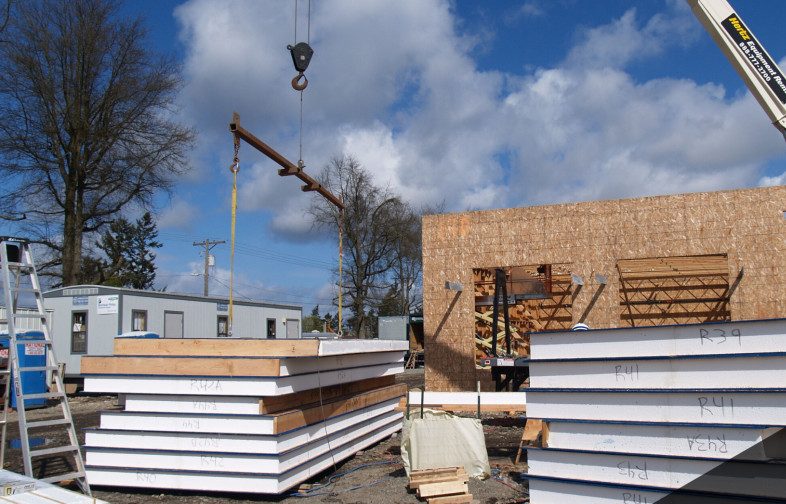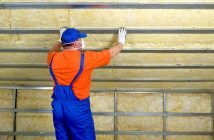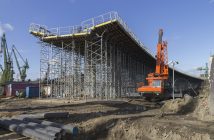With the quality, speed and cost of New Zealand construction under the spotlight, a building system claiming to deliver on all three deserves a close look, according to researchers at BRANZ

BRANZ materials scientist Anna Walsh has set up a project to look at the system which is based on structural insulated panels, or SIPs. “SIPs are sandwich panels made of two face layers and an insulating inner core,” explains Anna. “The panels can be prefabricated and assembled quickly on site and could be used to increase construction speed and reduce overall building cost.”
SIPs have been widely used overseas for several decades but are relatively new to the market here. “We want to know more about their performance in New Zealand,” says Anna. “We will look at how the panels stand up to our climate and how they perform in the event of an earthquake or fire.”
The project will use a combination of laboratory testing and information gathering on what is already known internationally about SIPs so that findings can be applied to the way construction is carried out in New Zealand.
EQC-funded earthquake testing is already underway and BRANZ senior structural engineer Dr David Carradine is enthusiastic about the results to date. “So far we’ve found that the ductility of the system – that’s the ability to deform without actually failing – is very good,” says David. “The way the panels have responded to simulated earthquake loading is exactly what we want to see from an engineering point of view for low rise buildings.”
EQC’s Jo Horrocks says detailed testing of new construction materials is important for making sure houses and buildings meet seismic standards. “We want to see New Zealanders living in strong homes that can cope with our natural hazards, especially earthquakes which have had a huge effect on homes, towns and cities over the past 10 years.”
David says there’s still a long way to go before the team can be confident about how the panels perform both on their own and in conjunction with other common New Zealand building materials. But if results continue to be positive, it’s good news for councils and homeowners too.
“At the moment, obtaining consent for a SIPs building is not always straightforward,” says Anna. “It can be difficult for council officials who are unfamiliar with these products to assess their compliance with the New Zealand Building Code. Homeowners may also find it hard to navigate through all the extra processes. We want to be able to support the development of a more simplified consenting process that will benefit everyone.”
The SIPs project is funded by BRANZ and EQC. Results from the earthquake testing are expected in late March 2021.



